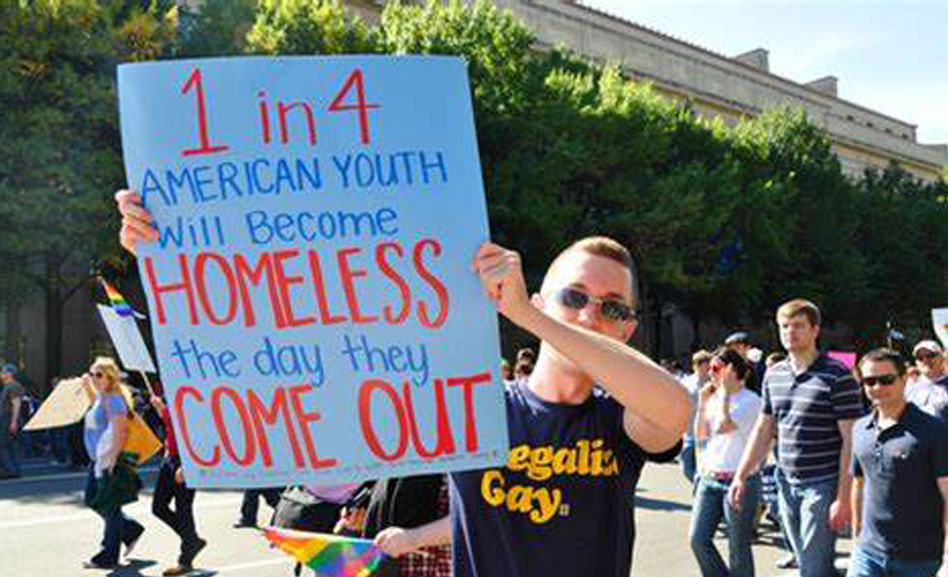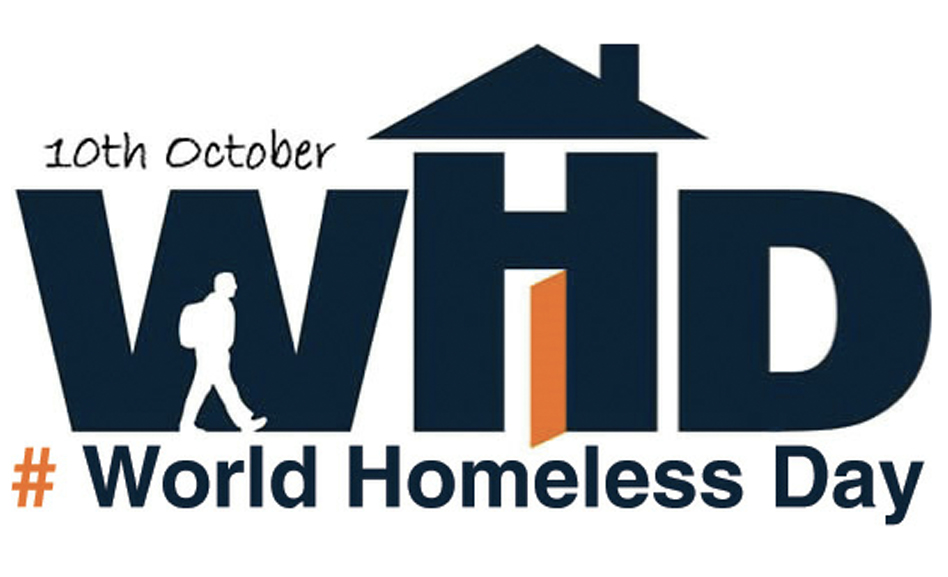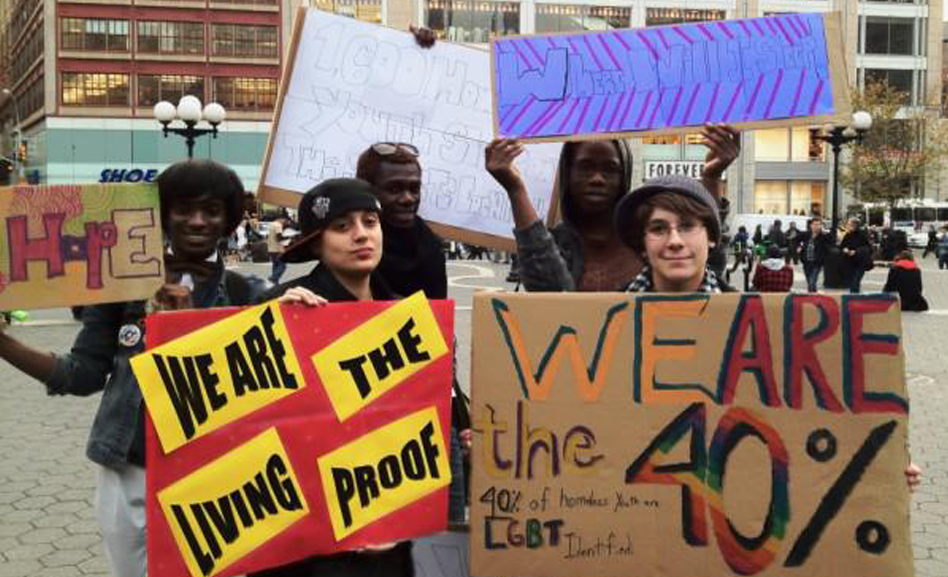
By James Ryan
President of Times for Homes Inc.
According to True Colors United, there are enough homeless youths in this country to fill a city roughly the size of Los Angeles. And about 40 percent of homeless youth identify as LGBTQ, compared to 7 percent of the general youth population.
These numbers are staggering!
Frankly, it’s a disaster, and it’s not getting better. Year over year, we see increases in homeless populations in many places. Statistics show that one in four LGBTQ youth become homeless on the day they come out. We owe them, and ourselves, a more just society.
Today — Saturday, Oct. 10, is the 10th annual World Homeless Day. It is a day we are called upon to more deeply consider the issues of homelessness and what we may do, both individually and collectively, to work towards resolving the endemic problem.
In addition to the painfully visible homeless we see as we navigate the streets, there is an insidious, overlooked problem of invisible homeless people. Many more people — especially homeless LGBTQ youth — are in a cycle of couch-surfing, motel-living and sleeping in their cars — among other things.
Outlast Youth, a nonprofit organization working to reduce and prevent LGBTQ youth homelessness in Dallas and its surrounding counties, reports that 43 percent of LGBTQ youth in Dallas County have experienced physical and/or sexual assault since becoming homeless while 17 percent of their cis/het counterparts experienced the same.
We must confront what roles we play, wittingly or unwittingly, in the trauma that is homelessness. Do we speak up when we see someone mistreating an unhoused person? Do we call the police about encampments? Do we support policies or politicians that work to criminalize the homeless? Are we proud of what we do?
We also need to think about what homelessness and our mental image of those who experience it. It is often said that many, if not most, homeless people want to be homeless. That is far from the truth. It is often said it is only because of a lack of jobs or that homeless people are lazy. That also is far from the truth. In my experience, most homeless people work exceptionally hard to survive.
Sadly, most of us turn away when from the homeless lining the streets, even if it is someone we might know. Make Them Visible, a short film, reveals how we see our homeless neighbors. It’s incredibly powerful and, at just three-and-a-half minutes long, well worth the watch. You can find it and other resources at Time4Homes.org/WHD.
Fortunately, there are many ways to make a difference. One of the most important is simultaneously the easiest and most difficult: Provide dignity. Please do not studiously ignore the homeless person on the park bench or look away from the one sitting on the sidewalk as you pass. Greet them or strike up a small conversation. Many homeless people report that more difficult than giving up their possessions is giving up the dignity of being seen.
Additionally, you can encourage your local service providers to work with Time For Homes to receive technical assistance and best practices regarding the provision of services to LGBTQ youth. While most of their needs are the same as other youth, there are specific programming needs that are often overlooked.
If you are willing to make a difference, consider giving your time or a donation to Time For Homes, a national charity working to end homelessness, uses a housing-first, trauma-informed, data-driven model in its push towards systemic change. You may check out Time4Homes.org/WHD for more resources and ways
you can get involved.


